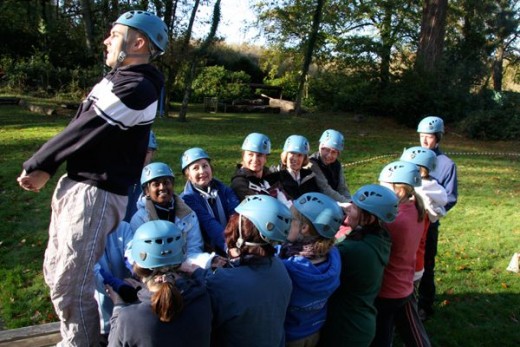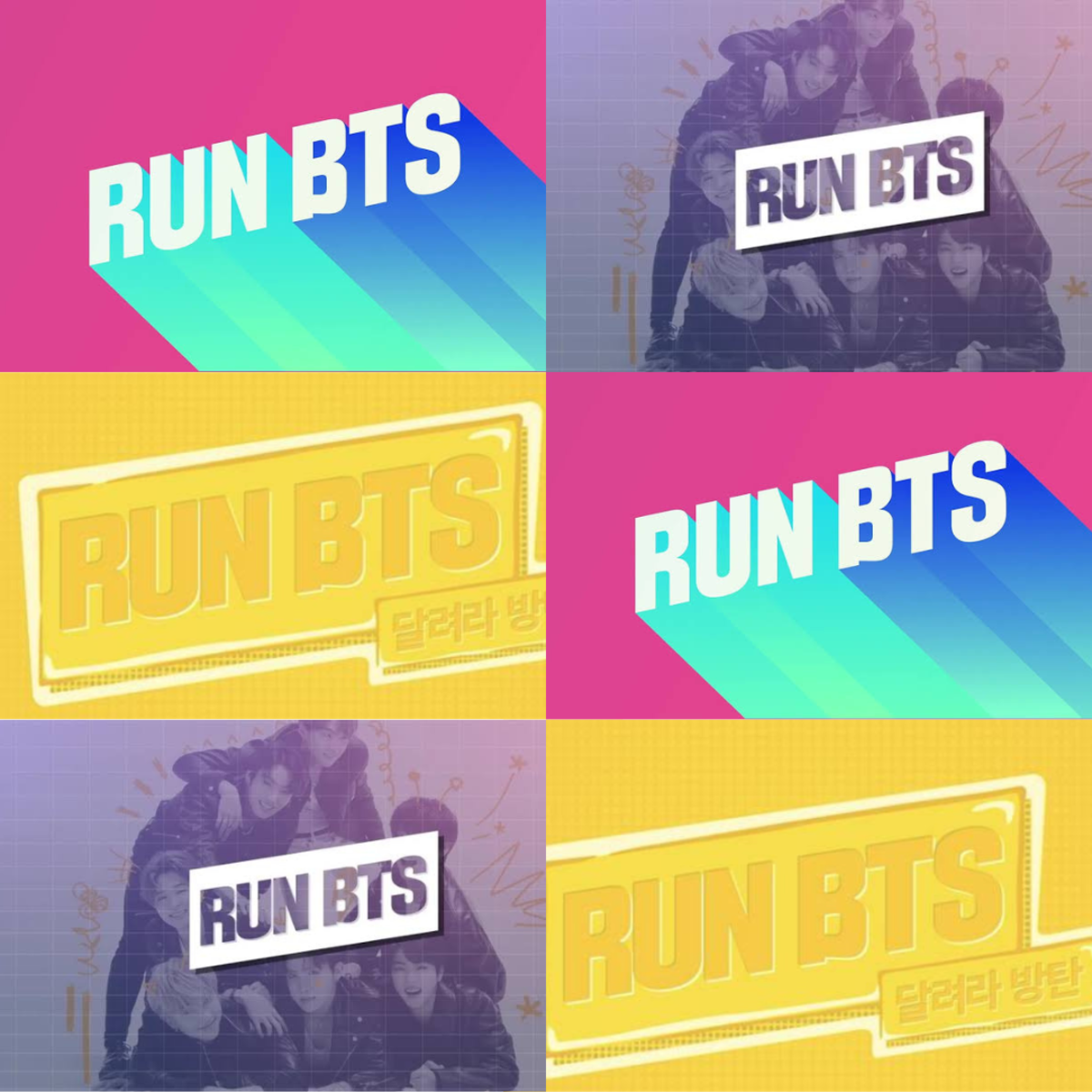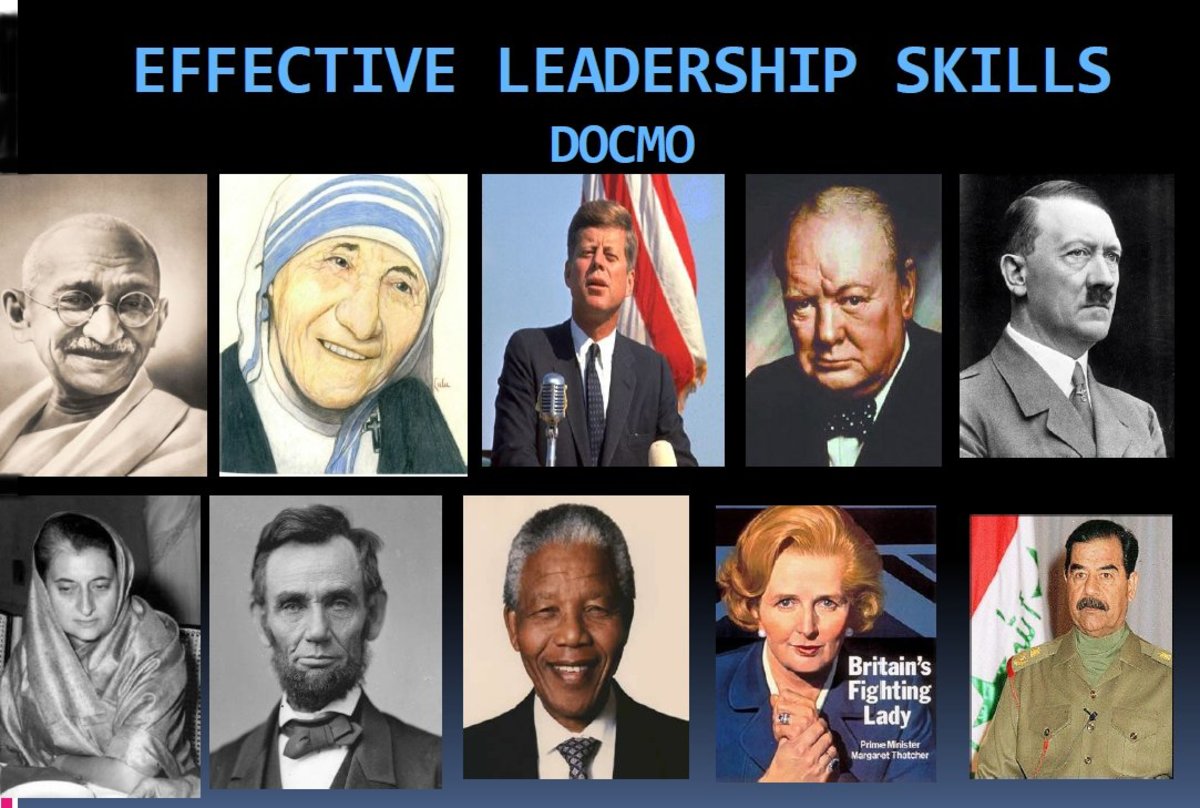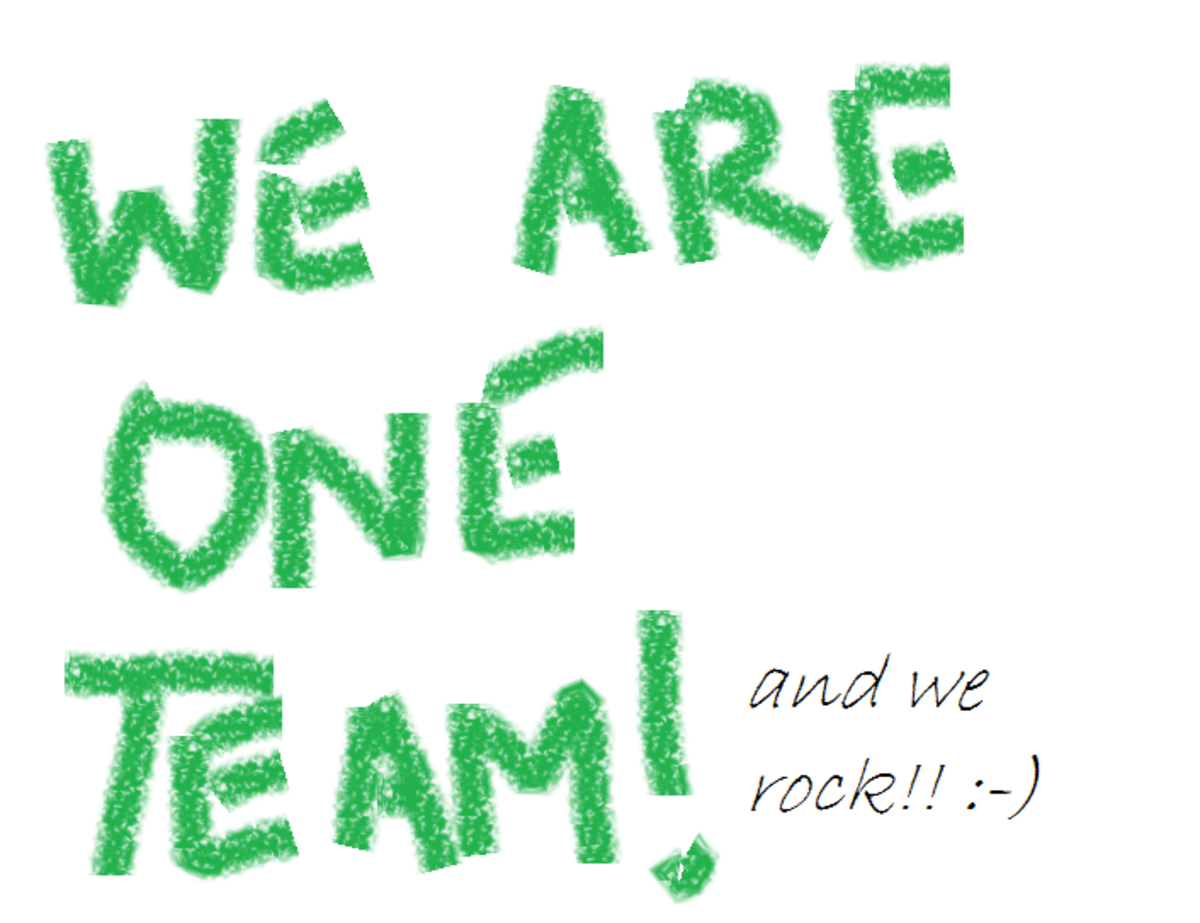Civil Engineering Leadership Exercise

TASK 1 – Floaters
Task:
· At the beginning of the task a team leader was elected by the examiner.
· Leader explained the brief to the entire group, letting them know the basic aspects of the task they would have to complete.
· Team had a lot of questions that the leader referred back to the examiner straight away instead of showing initiative and answering himself.
· Objectives then were agreed upon and the strategies that were to be used discussed.
· Task was then practiced adjacent to course to help familiarise the group.
· With 6 minutes left on the planning stage, still no clear strategy decided upon.
· Finally got a full run through practiced with only three minutes left in the planning stage, this was the only run through that was timed.
· Practiced solely without the larger mat as it became clear that this one would be removed from game play.
· As no one kept the time for the planning stage the group did not use the entire allotted time limit for planning.
· Someone from the team kept time for the actual run through and gave regular time-checks when asked.
· The group within the time limit finished exercise.
Team:
· The entire team engaged in the brief, asking several question to make sure they understood the task at hand.
· Suggestion by the team as to if they should keep time was a good idea however they didn’t know when to start/how far they were into the challenge.
· Whilst practicing the task the whole team was involved to make sure they all knew what they were doing come the actual run through.
· In light of this only three out of the six or seven people practiced doing the course whilst blindfolded.
· At no point during the brief or planning process did the members of the team introduce themselves; it took until the actual run through for names to be learnt.
· The team very quickly adapted the “suicide strategy” which was a very negative approach.
· During the planning and practicing stage the group members ran through every aspect of the task systematically, ensuring they knew exactly how to complete it.
· Different ideas were trailed in the planning process and accepted or eliminated accordingly.
· On the course the whole team had very good communication, including encouragement and congratulations.
· In the middle of the challenge the team resolved issues they had including moving the blinded member to the back of the line.
INDIVIDUAL:
· Leader of the group skimmed through the brief very quickly, without going into any great detail.
· During the planning process everyone was throwing ideas at each other without the leader taking control and creating some structure to their talks.
· One particular member of the group was very stand-of-ish and didn’t participate in any process of the task.
· To cater for individual needs another member of the group removed his footwear as he deemed it to hard to complete the challenge with them on.
· At no point was there an invitation extended to the quiet member of the group for him to share his ideas or contribute in any way.
· When the first member of the group decided to practice the course blind folded, there wasn’t clear instructions given to him by the other person guiding him through.
· There was however some good initiative shown when some one else was practicing being blind, the previous individual who had gone blind was talking him through the process and helping him out.
· The group didn’t remember individual’s names that made it difficult to give direction during the exercise.
· Person wearing tight jeans struggled to get over the wall on the course and struggled to make allowances for this.
· Overall decision to shorten the length between mats to cater to people in the group that had a shorter stride than others.
TASK 2 – Movie Part 1Task:
· The pilot first obvious plan of safely flying the plan to its location was unsuccessful as they crash-landed in the middle of the desert.
· Priority number one for the pilot once they did land in the desert was clearing the plane of all the passengers on board. He did this as the risk of explosion and fire was very high.
· Once out of harms way and reality of situation had settled in the pilot, together with the army general order an audit of the food and water supply.
· As a group they proceeded to bury the deceased passengers and also put together a small ceremony for them as well.
· During a sandstorm the group needed to tie down their shelters and other items that were getting blown away. This needed to be down quickly as the parachutes and the like were being used to be seen from above and to provide shelter from the sun.
· Apart from the survey of the food and drinking water supplies no one thought of seeing what other resources they had on the plane to improve their chances of being rescued.
· Priorities had shifted very quickly from finding supplies and thinking of ideas to get rescued to just purely staying alive.
· Group made a make shift flare to be seen by passing airplanes, however they couldn’t fire the flares off in time as they hadn’t trialed the procedure beforehand.
· Plans weren’t getting assessed by anyone and consequently new ones weren’t reverted to when others failed.
Team:
· Initially everyone pitches in and helps out around the wreckage, helping evacuate the plane, set up camp and soughing out rations.
· During the sandstorm just after they landed the captain of the plane takes charge and informs the rest of the group what they need to do.
· He also reassures the passengers that they will be rescued very shortly and to not worry, which boosts morale amongst the group.
· A small radio that one of the passengers had been keeping to himself was commandeered and used to further boost morale amongst the stranded passengers.
· The captain called a group meeting to discuss water and food rations, the whole group was informed how much water they each had per day and how much food there was.
· Certain members of the group continuously discount and put others ideas and suggestions down, this created negativity amongst the passengers.
· Also there was a lot of counter productive messages being thrown around and directed at certain people, things like, they were all going to be dead soon, really got group morale down.
· At the funeral for the members of the plane that had past away the captain of the plane refused to say anything making everyone very uncomfortable and disheartened.
· One member for the group is constantly seen insulting others in the group and making certain other people feel less welcome.
Individual:
· The pilot takes charge and commands the group during the crash landing, sandstorm and rescue attempts.
· One clear leader amongst the group, everything going thought the pilot first, he then distributes the information and tasks to the others.
· Jobs such as the water and food distribution delegated to certain individuals that have better knowledge in the field.
· Only certain people working to better their situation, whilst other individuals sitting around not contributing and thus distancing themselves from the group.
· Members of the group not fully understanding the seriousness of the situation and still continue to joke and carry on.
· In his captain’s log the pilot blames himself for the crash and also loose hope of being rescued, he keeps this information and feelings to himself as to not get the morale down amongst the group.
· When they see a passing plane and attempt to light their flare the pilot has a negative effect on the stranded passengers by telling them that they will never be seen cause the plane is too high.
· Sergeant and rat bags also having a negative effect on members of the group, putting them down and excluding them from the group.
TASK 4 – RopesTask:
· The task that the team had to complete was finished well under time.
· Leader of the group gave the brief to all members, answered all questions relating to the task as well as explaining the constraints that the knot would need to be tied under.
· Specific jobs and parts of the task were delegated out to different members.
· Other parts of the task that was very important like tying of the knot came very late in the whole procedure.
· Trialed the task of tying the knot under both normal conditions and also under time and in the conditions that we would have to complete the task in.
· The team didn’t move the tables out of the way to give themselves more room to complete the task.
· A short-term approach was first adapted during the knot tying stage, this method was then deemed inappropriate to meet the constraints so another method was used.
· A time trial was completed during the planning and design stage of the task to assess the time in which the group thought they could complete the task.
· During these practice run-through’s several parts of the task were re-planned to cut down on time and also ensure the task was completed smoothly and without any problems.
Team:
· Good team reports starting of nice and early in the challenge, with members of the group joking around and making everyone feel welcome.
· Every member of the team introduced themselves to everyone else at the start of the challenge.
· Leadership was shared around between everyone throughout the challenge that worked very smoothly.
· No one kept a close eye on the time during the planning process as a result of this the team went slightly over time during the planning process.
· Whilst practicing tying the knot under the task conditions problems arouse which the team learnt from and rectified.
· There was very good communication from everyone on the team during completion of the planning, practice stages and also the knot tying task itself.
· When it came time to include five members of the audience in the final stage of the task there were no introduction between these people.
· The leader of the group was very vocal in her encouragement during the entire task and also vocal upon completion in congratulating everyone.
· Newcomers to the group were involved to an extent but weren’t fully informed as to why there involvement stopped short of holding onto a rope and nothing more.
Individual: (Min #4)
· One individual complained that he shouldn’t have to introduce himself to the leader as she already knew him, but the other individual members could have benefited from the introduction.
· Leader answered any questions that individuals had meeting their needs.
· One person during the practicing and actual knot tying was very vocal, yelling out instructions to the person feeding the rope though.
· Other people on the rope also helped the person feeding it through by lifting their ends up or down to assist him go over or under.
· There was also a person on the rope that timed the practices and also the actual run through of tying the knot.
· Every member was very enthusiastic of the very fast and successful tying of the knot.









